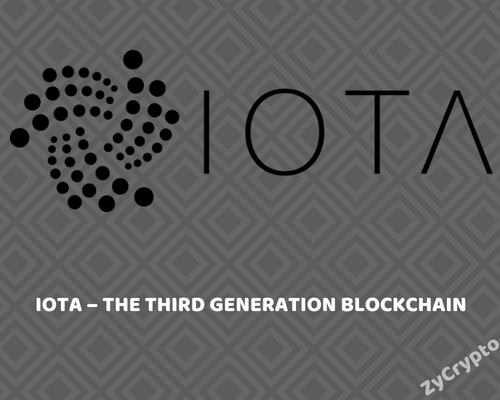The blockchain is an amazing and ingenious invention. Tech experts believe that it is the most significant digital technology development since the invention of the Internet. They believe that the blockchain will have the most impact on the world in the next couple of decades. It is a disruptive form of technology that will eventually penetrate almost all sectors of our economy and different spheres of our lives.
What is Blockchain?
Blockchain is an incorruptible, digital, and distributed network that functions without a centralized control. It is a vast, global, digital ledger that operates on a network of interconnected computers that are universally accessible. A lot of different transactions can take place on this network.
Blockchain 1.0
This is the first blockchain and was developed by Satoshi Nakamoto. It is well known because Bitcoin, the world’s most popular cryptocurrency, runs on it. Blockchain 1.0 is a distributed ledger that keeps a detailed record of all transactions then updates transactions within a particular system. Every time a transaction occurs the ledger is updated an all nodes within the network are notified.
Blockchain 2.0
This is a more advanced blockchain compared to the initial one. It was developed by a 19-year-old Canadian student named Vitalik Buterin. This blockchain is popular because it manages smart contracts that run through its network. Smart contracts are simply self-executing contracts signed between two entities or persons. These contracts can run, manage, verify, and execute financial transactions. Ethereum, one of the world’s leading cryptocurrencies, runs on this blockchain.
IOTA – The Third Generation Blockchain
IOTA is the name of the world’s most advanced blockchain. It a third-generation distributed, incorruptible, digital network that uses an advanced data structure called the Tangle. Tangle is an idiosyncratic data structure that uses DAG or Directed Acyclic Graph. It was originally designed for hardware initiatives such as the JINN microprocessor but has now evolved in its scope and is focused on a number of other important initiatives.
IOTA can aptly be described as a permission-free, open source, distributed ledger that is superior to blockchain 1.0 and blockchain 2.0. Its network is known as the Tangle or blockchain 3.0. It differs from the blockchain because it does not stack any blocks. Remember that the blockchain derives its name from blocks that are generated after each transaction.
Transactions within a node on the Tangle are verified by the adjacent nodes. Therefore, unlike the blockchain, it does not keep growing in size. The network uses a digital currency known as iota. Iota tokens power the transactions that take place within this network.
Benefits of the Tangle
This blockchain is superior to its predecessors in a number of ways. One of these is scalability. Previous blockchains have limitations when it comes to expansion because of limitations of currency supply and network scalability. The Tangle is infinitely scalable and can expand to an astronomical size.
The network does not charge its users any fees. Tangle is free for all users. You are not charged a fee when you transact or perform other functions. It is also fork-less which means it will always be stable with no threats of a fork out. Unlike other blockchains, the Tangle is immune to hacking and other forms of attacks. It is a superior network whose integrity cannot be breached.
Tangle is soon expected to become the next-generation network for all cryptocurrency transactions. This network is the preferred network because it cannot be breached, is fast, and scalable. Tangle will play a huge role in the 4th Digital Revolution. This means it will be used to power the latest technologies like the Internet-of-Things, internet of value and to run smart contracts.







